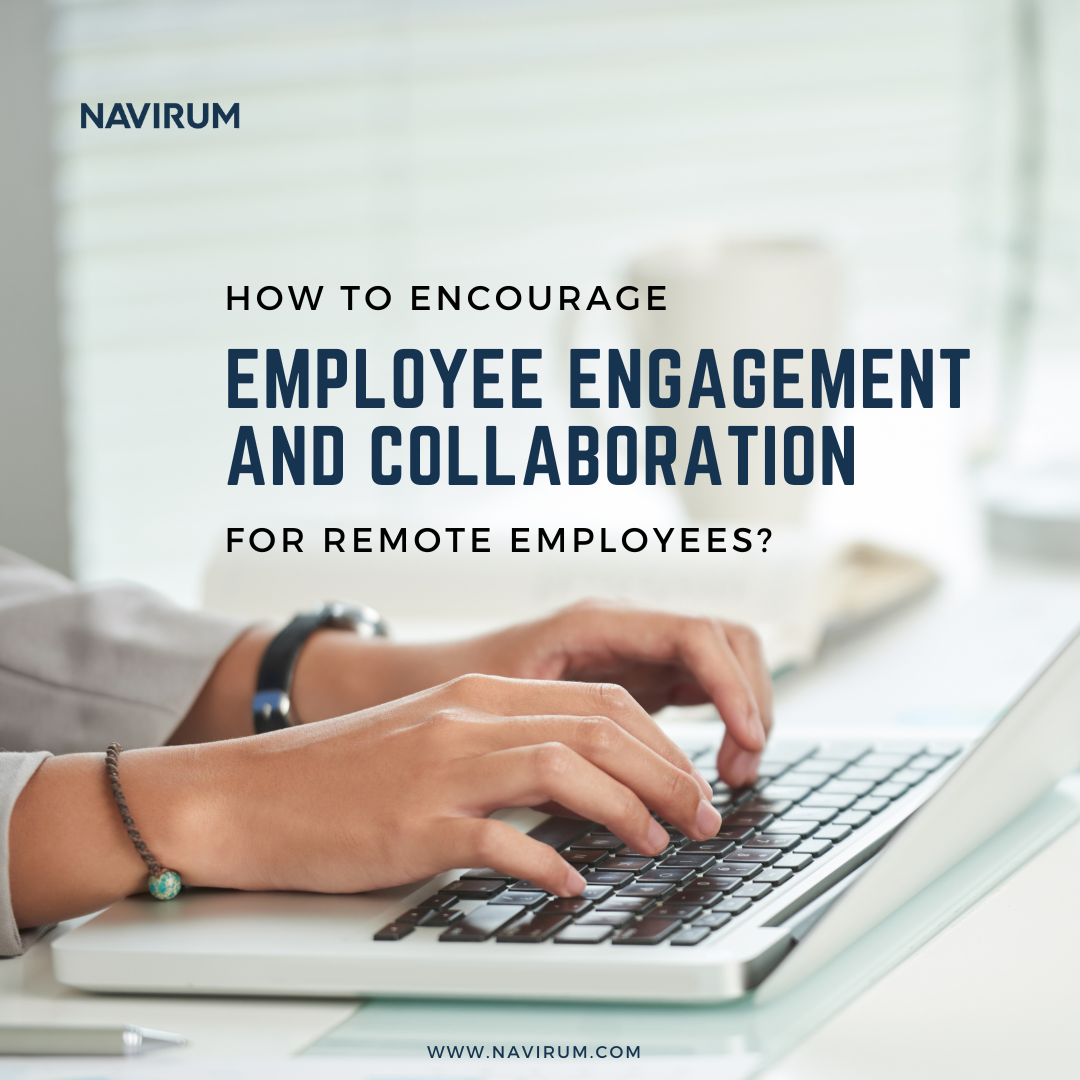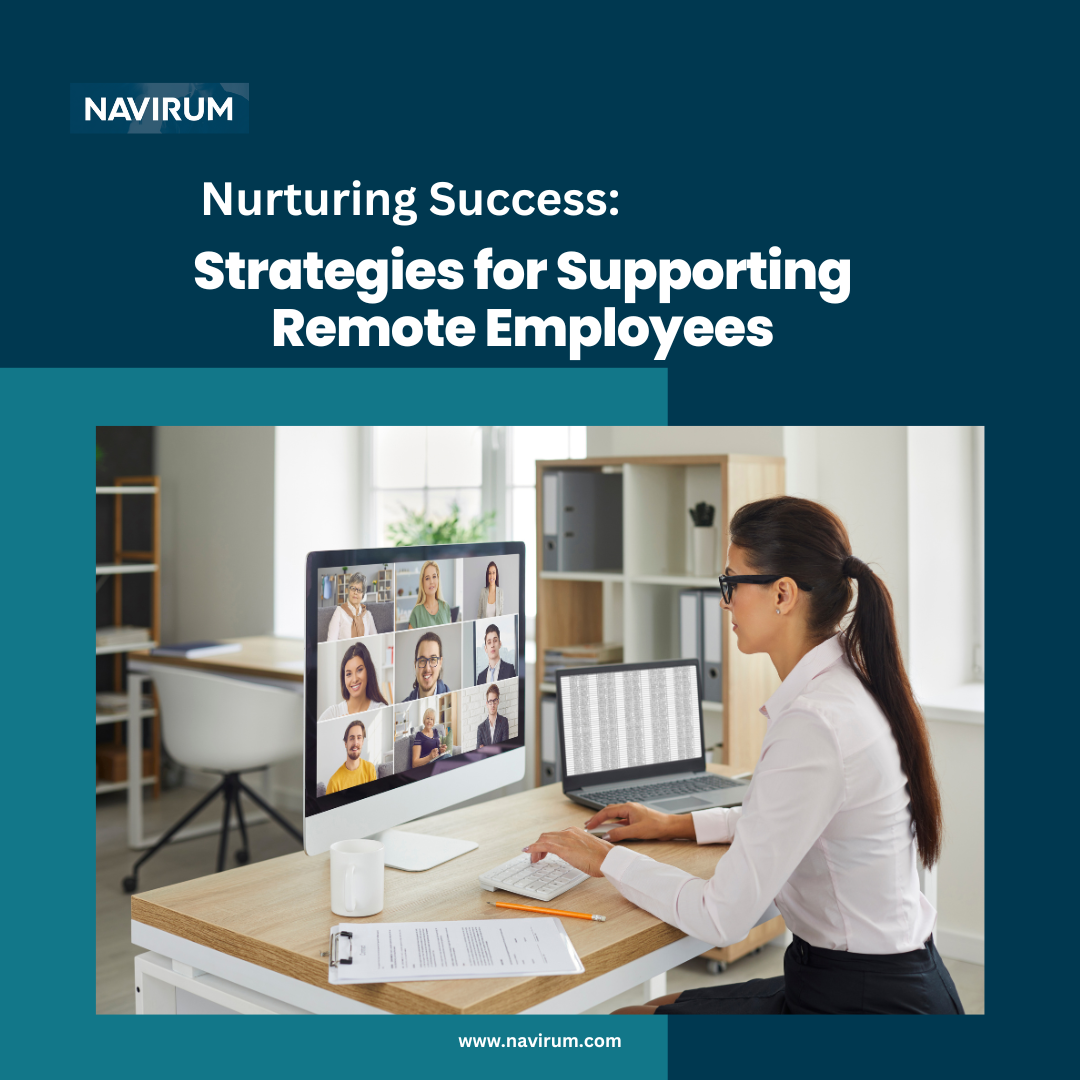
In today’s fast-paced business landscape, where technological advancements and market dynamics continuously evolve, one crucial aspect often overlooked is fostering a culture of appreciation within the workplace. At Navirum, we understand that acknowledging and valuing our employees is not just a one-time effort but a daily commitment that fuels productivity, creativity, and overall well-being. In this blog post, we’ll delve into how our company cultivates a culture of workplace appreciation, ensuring that every day is an opportunity to recognize and celebrate the contributions of our team members.
Genuine Recognition
Genuine recognition goes beyond mere words; it encompasses sincere appreciation for the efforts and achievements of individuals within the organization. At Navirum, we believe in acknowledging both big wins and small victories. Whether it’s a successful project completion, a creative solution to a problem, or simply going the extra mile to assist a colleague, we make it a point to express our gratitude authentically and promptly. Our leaders and peers alike actively participate in recognizing and applauding each other’s contributions, fostering a culture where appreciation becomes ingrained in our daily interactions.
Open and Transparent Communication
Effective communication forms the cornerstone of any healthy workplace culture, especially when it comes to expressing appreciation. At Navirum, we prioritize open and transparent communication channels that facilitate feedback and recognition at all levels of the organization. Whether it’s through regular team meetings, one-on-one discussions, or dedicated feedback sessions, we provide avenues for employees to voice their appreciation for their peers and leaders, ensuring that recognition is not confined to top-down initiatives but flows organically across the organization.
Celebrating Milestones and Achievements
In addition to day-to-day recognition, we understand the importance of celebrating significant milestones and achievements collectively. Whether it’s commemorating work anniversaries, project milestones, or personal accomplishments, we try to celebrate the successes of our team members. These celebrations not only serve as morale boosters but also reinforce a sense of camaraderie and shared achievement, strengthening the bonds within our team and fostering a culture of collective appreciation.
Continuous Learning and Development
At Navirum we believe in investing in the growth and development of our employees as a form of appreciation for their dedication and contribution to the organization. Through continuous learning initiatives, and opportunities for skills enhancement, we empower our team members to reach their full potential and achieve their career aspirations. Be it big all small, from new badges on Trailhead, new Salesforce certifications to complex projects, we encourage our employees to go further. By investing in their professional growth, we demonstrate our commitment to their success and well-being, fostering a culture where employees feel valued and supported in their journey of continuous improvement.
Building a culture of workplace appreciation is not a one-time endeavor but a continuous commitment that requires dedication, empathy, and proactive engagement from every member of the organization. At Navirum, we recognize the importance of fostering a culture where employees feel valued, respected, and appreciated every day of the year.
By prioritizing genuine recognition, personalized rewards, open communication, collective celebrations, and continuous learning, we strive to create an environment where appreciation becomes ingrained in our organizational DNA, driving employee engagement, satisfaction, and ultimately, success.








